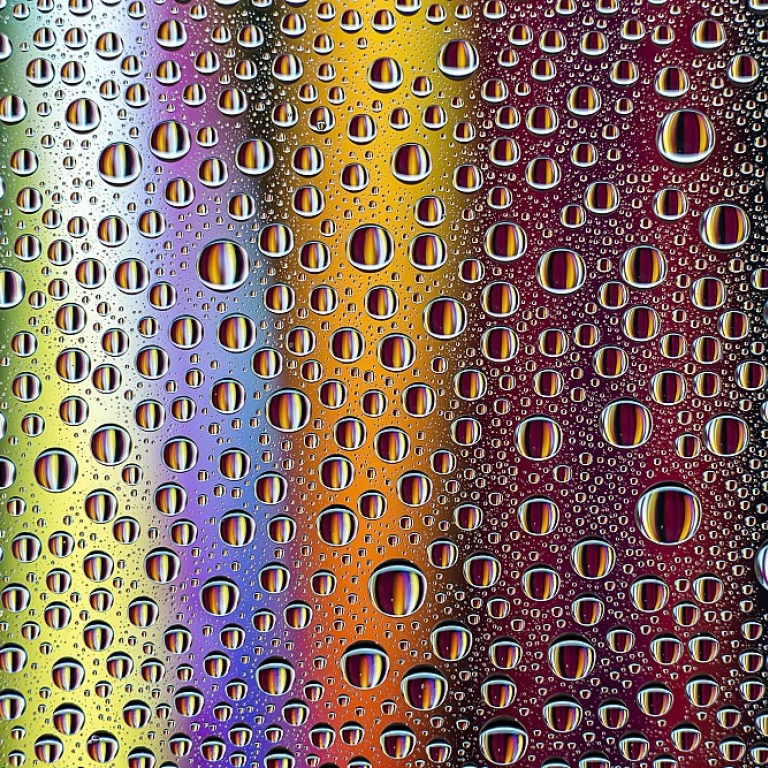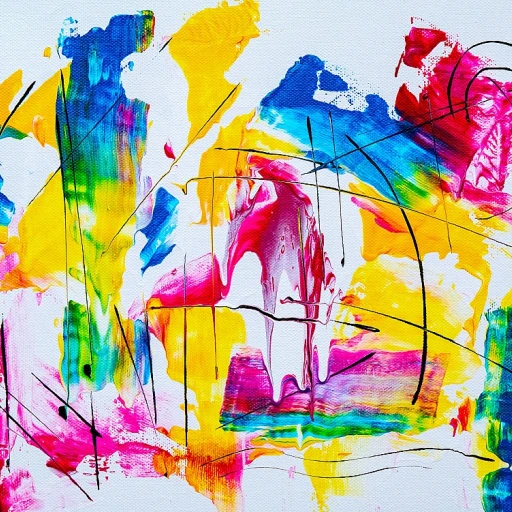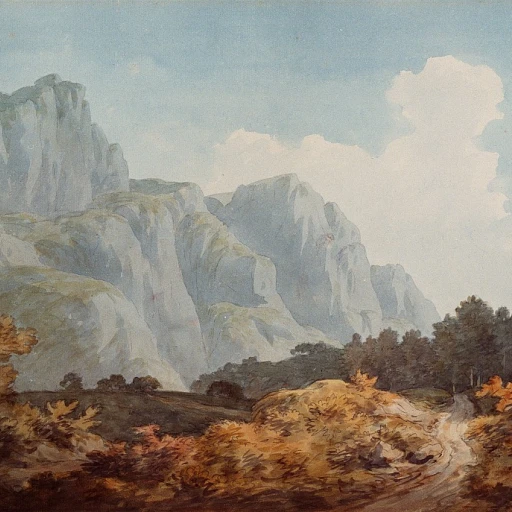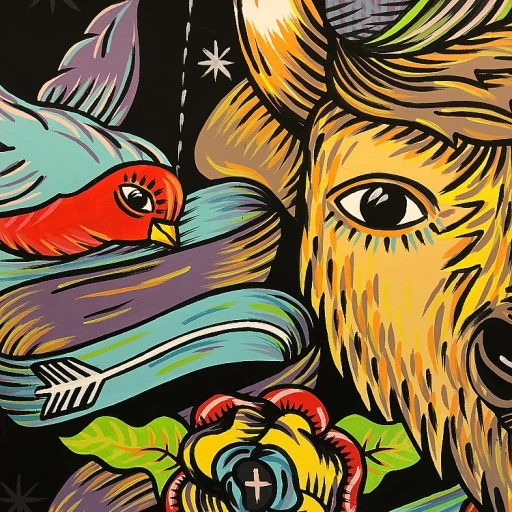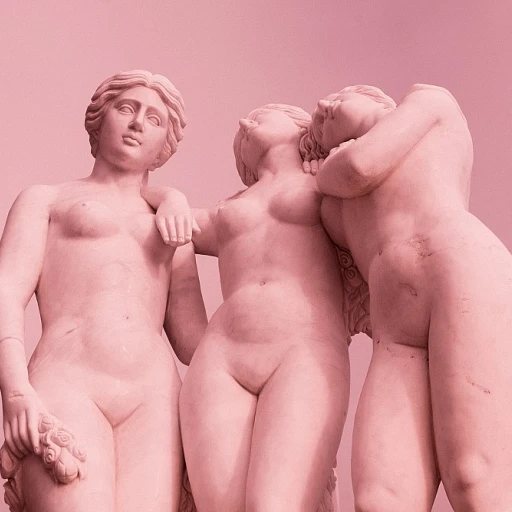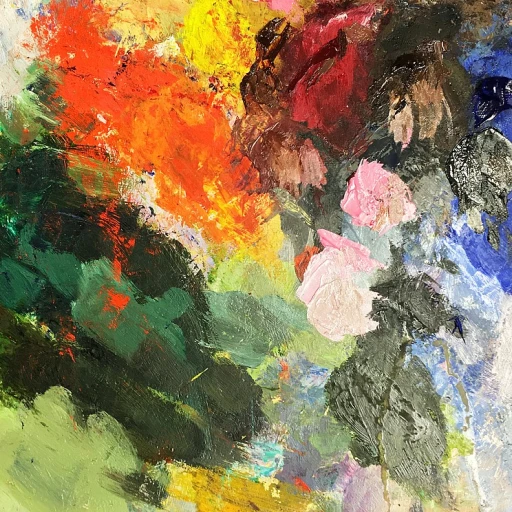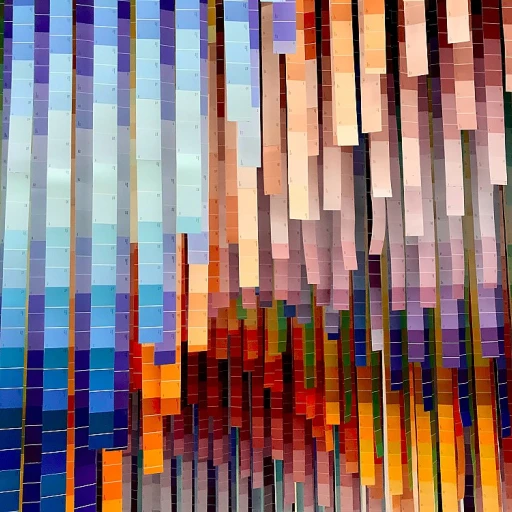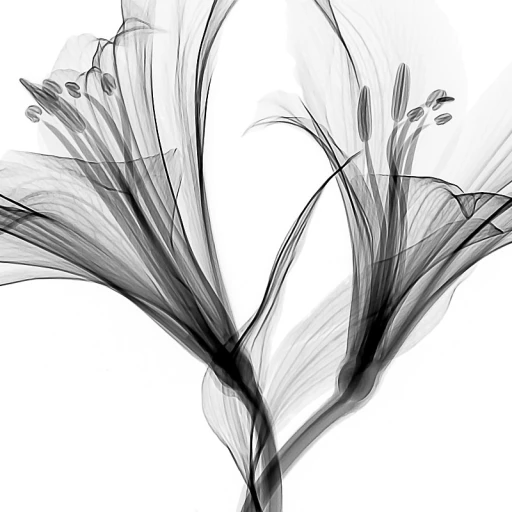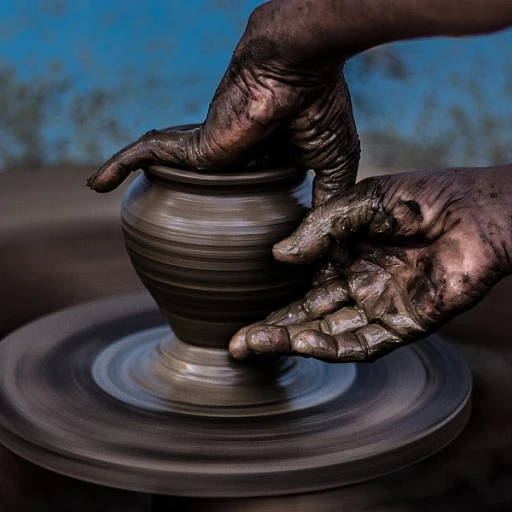-teaser.webp)
Understanding the Luxury Art Market
Decoding the Luxury Art Market
Understanding the luxury art market is essential for any art studio aficionado. This market is a complex ecosystem where art, artists, and collectors converge. It is not just about acquiring pieces; it’s about appreciating the intricate tapestry of history, culture, and personal expression woven into each artwork.
The luxury art market is characterized by its exclusivity and the high value placed on certain works. Art pieces in this category often come with a hefty price tag, reflecting not only the artist's reputation but also the rarity and historical significance of the work. For those new to this realm, it’s crucial to study art history and understand what makes a piece stand out. This knowledge will guide you in making informed decisions when curating your personal collection.
Art making is not just about the final product; it’s about the journey. Many artists spend years honing their craft in arts studios, often starting from high school and progressing through college art programs. The time and dedication invested in these works contribute to their value in the luxury market.
In cities like San Francisco and Los Angeles, the art scene is vibrant, offering numerous opportunities to explore fine arts and design. Visiting art museums and galleries can provide insight into current trends and emerging artists. It’s also a chance to connect with other art lovers and experts who can offer valuable perspectives.
Social media has become a powerful tool in the art world, allowing artists to showcase their work and connect with a global audience. For collectors, it’s a way to discover new artists and stay updated on the latest trends. However, navigating this digital space requires discernment to differentiate between good art and mere hype.
For those interested in delving deeper into the luxury art spaces, exploring the intersection of art and space can offer a unique perspective on how art is displayed and appreciated.
Curating a Personal Collection
Building a Sophisticated Art Collection
Curating a personal collection of luxury artwork is an art form in itself. It involves understanding what resonates with your taste, while also considering the potential of each piece. This task calls for meticulous planning and a perfect blend of passion and expertise.
To embark on this journey, start by exploring the diverse genres available within the realm of studio art. From classic paintings to contemporary designs, there is a vast array to choose from. Each genre reflects different historical periods and creative narratives, adding unique flavors to your collection.
The art world is ever-evolving, with artists constantly offering new perspectives. It is essential to track these changes through art museums, exhibitions, and social media platforms, where you can witness the current trends and emerging talents.
- Identify artworks that align with your artistic interest and personal aesthetics.
- Evaluate the emotional and cultural significance of the pieces you wish to acquire.
- Consider the price and investment value, balancing between artistic passion and financial sensibility.
- Leverage resources such as program guides, art history references, and fine arts literature to deepen your understanding.
- Attend college art exhibitions, summer art programs, and art design seminars to get firsthand insights into the latest in the field.
For an enriching collecting experience, immerse yourself in the vibrant arts scene of major cities, such as Los Angeles and San Francisco. These locations are bursting with studio art events and offer excellent opportunities to discover new dimensions of art-making.
As you refine your collection, remember that art is something you should love. It should speak to you each time you behold it. More than just a financial asset, it's a cherished component of your life. For a deep exploration into the elegance of curated exhibitions, you may find valuable insights in the discovery of Dale Ruff's art exhibition.
Ultimately, the time and effort invested in curating your collection will be immensely rewarding. It showcases not only the richness of the arts but your unique journey in the articulation of taste and creativity.
Navigating Art Auctions and Galleries
Unlocking Opportunities in Prestigious Art Venues
Navigating the realm of art auctions and galleries can be a thrilling venture for the art studio aficionado. These spaces serve not merely as exhibition venues but as vital hubs where the value of art can be both determined and appreciated. Understanding the dynamics at play in these esteemed institutions of the arts world can lead to securing that coveted masterpiece or discovering emerging talents who might redefine the landscape of fine arts. To offer insights into this vibrant facet of the luxury art market, it's essential to acknowledge several key points:- Art Auctions: A Strategic Approach
- Art auctions are competitive arenas where the price of a work can escalate rapidly. It requires a detailed study beforehand to determine what you're willing to spend and to understand the potential future worth of a piece.
- Familiarize yourself with auction catalogs extensively. They often provide information about the artist, the artwork's history, and potential valuations. This background work is fundamental to making informed bidding choices.
- Galleries: Nurturing Emerging Talent
- Galleries play a pivotal role in offering a platform for both established and emerging artists. Visiting exhibitions allows you to view the works in person, offering a deeper understanding of the art's texture and emotive capability.
- Engaging in conversation with gallery staff can shed light on the artist’s process and inspirations, providing a richer narrative that enhances the value of your personal collection.
- Making the Most of Educational Resources
- Many venues offer lectures, studio art programs, or fine arts discussions that delve into art history and contemporary trends. These sessions across locations like San Francisco and Los Angeles can amplify your understanding and appreciation of diverse art styles, from vivid paintings to innovative design installations.
The Role of Art Advisors
Engaging with the Expertise of Art Advisors
For those immersed in the dynamic world of luxury artwork, understanding the nuances requires more than just a keen eye for aesthetics. Art advisors serve as invaluable allies in this journey, offering guidance that spans the realms of art history, market trends, and personal taste. Their role isn't just limited to purchase advice; it expands into the realms of education and connection-building.
Art advisors bring with them a wealth of knowledge informed by experience and extensive networking within the art world. They help art aficionados navigate the often-complex landscapes of pricing and provenance, ensuring that investments align with both passion and potential long-term profit. Advisors keep a pulse on what's trending in the art market, as well as emerging artists who might be making substantial waves, much like the art scene in bustling cities like Los Angeles or San Francisco.
Furthermore, good art advisors understand the intricacies of curating a collection that speaks to their clients' unique sensibilities. This process is not just about acquiring paintings or sculptures but about storytelling and weaving a narrative that resonates with the collector’s journey and values. It's about making art a deeply personal extension of one's life, much like crafting a portfolio in university or college art programs.
Additionally, art advisors are well-versed in the logistics of art-making and the practicalities of art design. They ensure that the pieces don't just complement each other but are also preserved and displayed optimally according to museum art standards. They hold the key to unlocking a deeper understanding of fine arts, allowing aficionados to delve into the diverse world of arts and design, whether it's a nostalgic return to a high school arts studio or exploring the awe-inspiring collections in esteemed art museums.
Incorporating an art advisor into your luxury artwork journey is akin to having a knowledgeable guide for making time-effective decisions in this bustling market. It's about choosing a trusted companion who helps illuminate the echoes and shadows — shaping one's connection to the world of luxury art.
Preserving and Displaying Luxury Art
Safeguarding the Essence: Conservation and Display in Art Collections
Keeping a luxury art collection in prime condition is crucial for preserving both its aesthetic and financial value. Investing in art as an asset demands meticulous attention to conservation, as well as a thoughtful approach to display—ensuring that each artwork remains just as vibrant as the day it was acquired, while also reflecting the collector's unique artistic sensibility. Understanding the dynamics of the luxury art market brings insight into the techniques used to maintain artwork. Artists, studio professionals, and museum art experts often share best practices in conservation, offering guidance that helps collectors make informed decisions. Whether your collection includes paintings, sculptures, or design items, here are some key considerations to keep in mind:- Climate Control: Most fine arts pieces require stable temperature and humidity levels. Extreme fluctuations can damage materials over time, so investing in a climate-controlled environment is essential.
- Proper Lighting: Avoid direct sunlight, which can fade colors and damage surfaces. Opt for LED lighting that provides a stable, controllable source without producing heat or ultraviolet rays.
- Professional Conservation Services: Regular consultations with art conservators can be invaluable. These professionals perform assessments and recommend treatments to prevent deterioration.
- Thoughtful Display: Consider the spatial arrangement of each piece. Exhibiting your collection in a manner that respects the work while enhancing its visual impact is crucial. Relocating pieces allows for fresh context, preserving your art’s expressiveness and relationship with its surroundings.
- Security Measures: Ensure your artwork is well protected with insurance and high-quality security systems. Art thefts can happen at any time, and safeguarding your collection requires anticipation and preparation.
Investing in Art as an Asset
Embracing Art as a Financial Asset
In the realm of luxury artwork, viewing art as a financial asset is no longer a concept reserved for the elite; it has become a strategic endeavor for many. With its unique blend of cultural significance and potential for financial appreciation, art has woven itself into the tapestry of savvy investment portfolios. Investing in art requires a level of understanding akin to studying finance, economics, or even art history. A key advantage of art investment is its resilience against market volatility. Unlike stocks or bonds, artworks are less influenced by economic swings, making them a stable choice during uncertain financial times.- Diverse Investment Opportunities: Artwork offers diverse opportunities. Whether you are intrigued by contemporary paintings, the distinctive work of an emerging studio artist, or a classic fine arts piece, there is something for every investor.
- Artistic Value and Appraisal: Knowing the value of an artwork goes beyond its price. A comprehensive appraisal involves evaluating factors such as provenance, condition, and aesthetic appeal. Engaging with a seasoned art advisor can offer insight into making informed decisions.
- Navigating the Art Market: Mastering the art market requires understanding the dynamics of art auctions, galleries, and exhibitions. These venues often dictate the pricing and availability of sought-after pieces. Staying informed about trends in places like San Francisco, Los Angeles, or New York is crucial to anticipate market movements.

